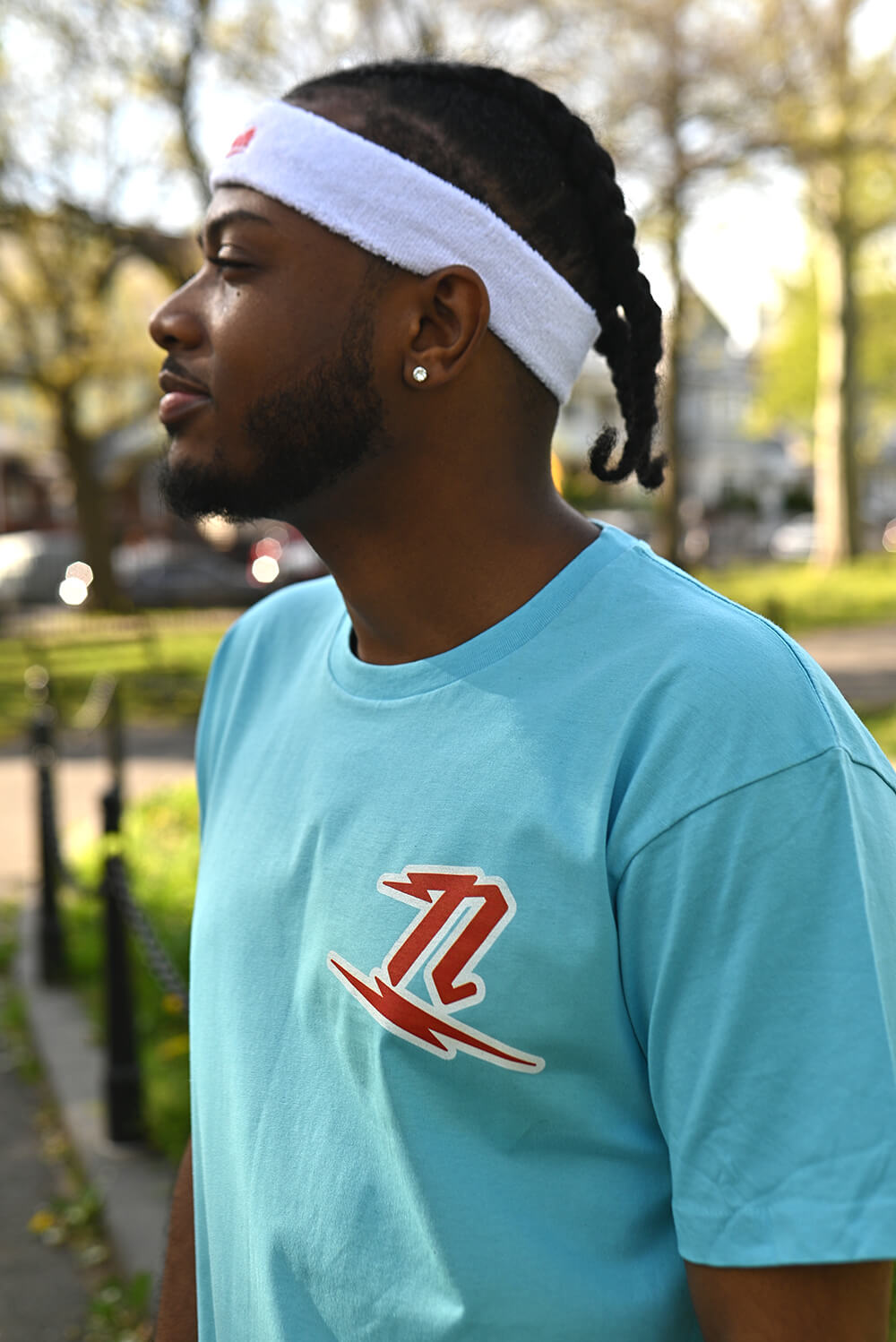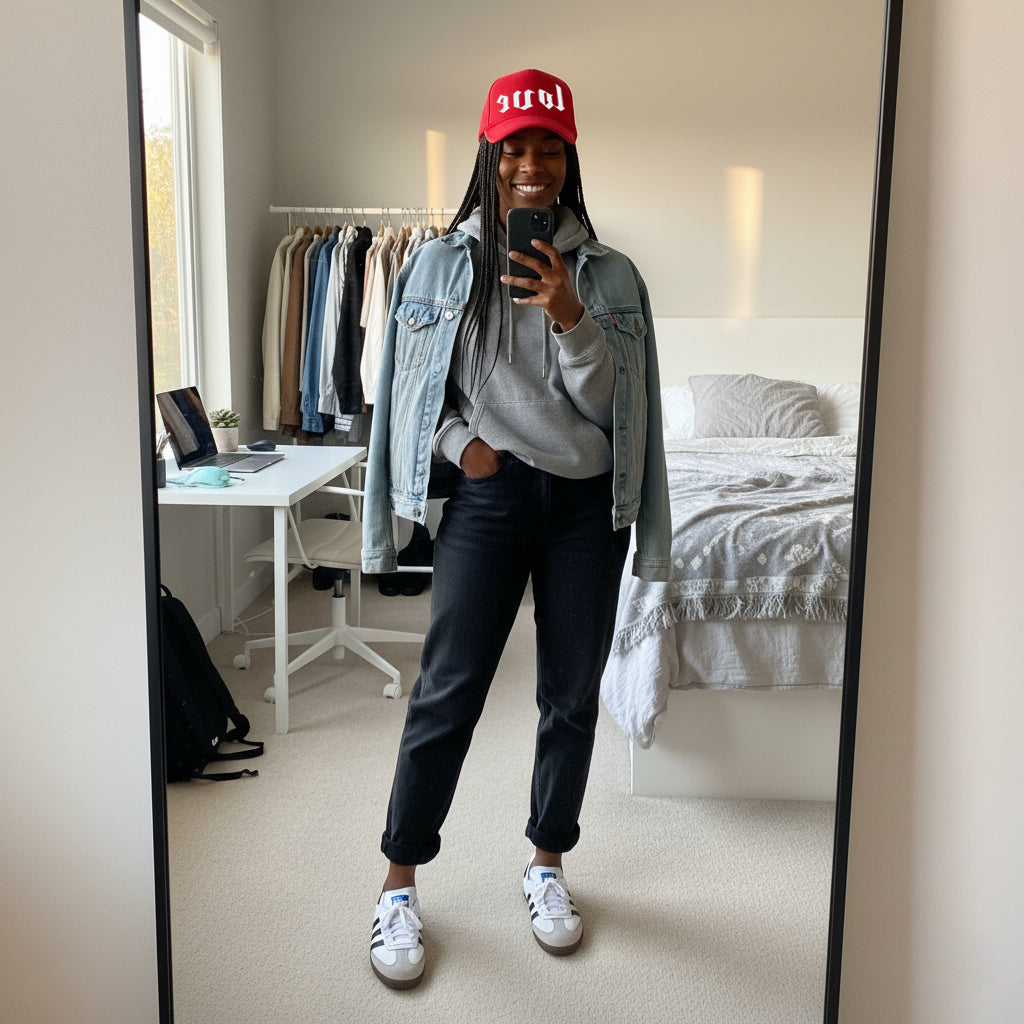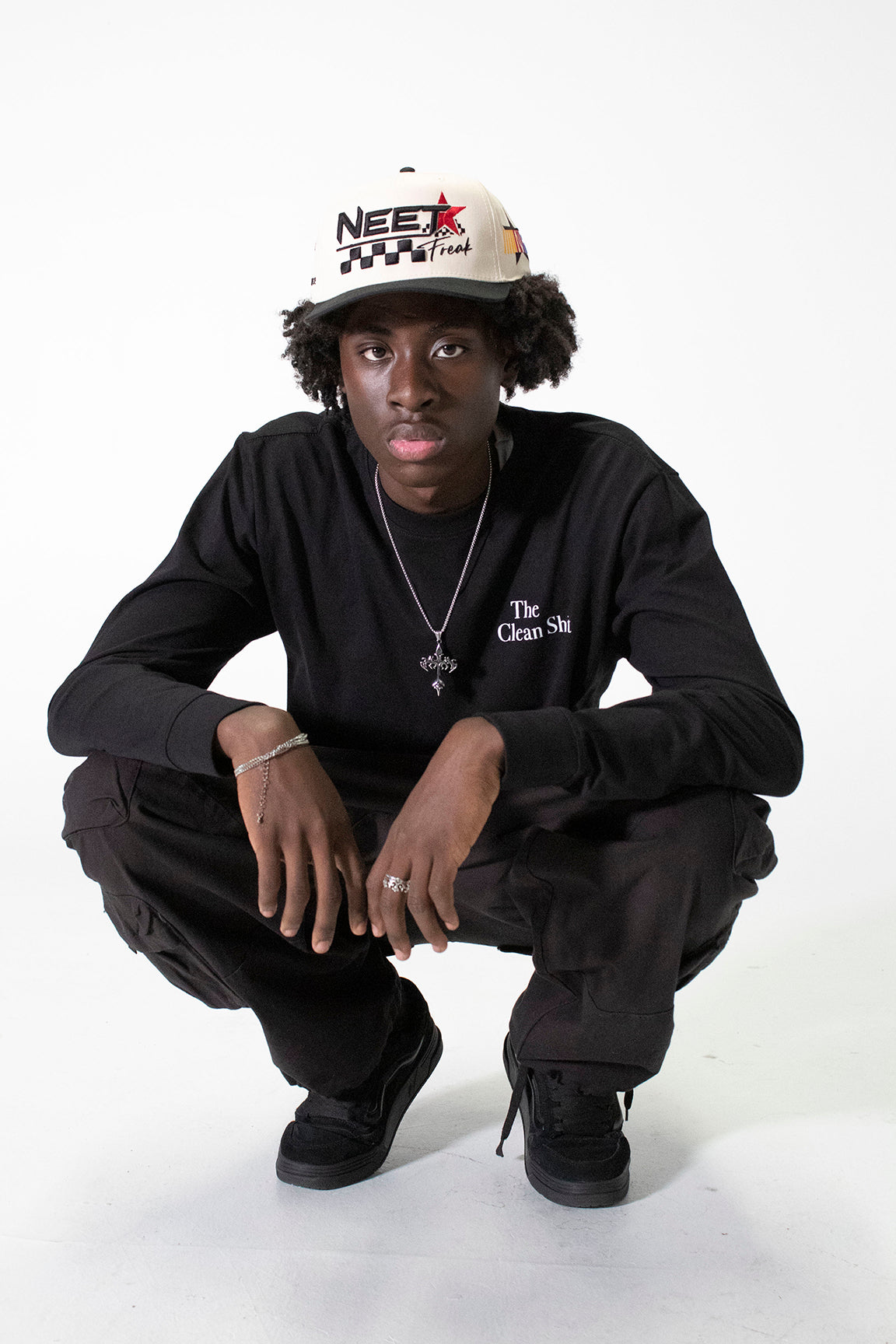Adidas's Deja Vu: The Adistar Jellyfish & XLG 2.0 Controversy — A Threat to Future Collabs?

The sneaker world is once again buzzing with a familiar debate, placing adidas squarely in the spotlight. This time, the conversation centers on their highly anticipated Pharrell Williams Adistar Jellyfish collaboration and the subsequent announcement of the incredibly similar Adistar XLG 2.0 set for February 2026, at half the price. For many, this move echoes past controversies and raises serious questions about adidas's strategy for brand partnerships and product exclusivity.
The Adistar Jellyfish: A Resounding Success... Briefly
The adidas Adistar Jellyfish, a collaborative masterpiece with creative icon Pharrell Williams, was widely celebrated upon its release. Sneaker enthusiasts and critics alike hailed it as one of adidas's most exciting and innovative designs in recent memory, drawing comparisons to the hype generated by past Yeezy releases. Its unique aesthetic, premium materials, and distinctive sole unit (a hallmark of the Adistar line) justified its premium price point, making it a coveted item for collectors and fashion-forward individuals.
The XLG 2.0: Devaluing Hype with a Double Take?
The excitement for the Jellyfish has, for many, been overshadowed by the news of the upcoming adidas Adistar XLG 2.0. Slated for a February 2026 release, this general release (GR) sneaker appears to leverage the exact same innovative silhouette and sole design that made the Jellyfish so special. The critical difference? Its price tag is roughly half that of the premium collaboration.
What the Sneaker Community is Saying: A Chorus of Disappointment
The announcement has sparked widespread debate across social media and sneaker forums. The sentiment is largely one of disappointment and frustration. Consumers who invested in the premium Pharrell Adistar Jellyfish feel that the value and exclusivity of their purchase are being undermined. Common criticisms include:
-
"Why would I pay double for the Pharrell collab if they're just going to release the same shoe cheaper a year later?"
-
"This devalues the entire concept of a special collaboration."
-
"It feels like adidas is using Pharrell's creativity to test designs, then mass-producing them without the premium tag. That's not fair to the artist or the consumer."
-
"This move might hurt adidas's future collaborations if artists see their unique work diluted so quickly."
The core concern is that adidas is prioritizing short-term gains from general releases over the long-term integrity of its collaborative efforts and the trust of its most dedicated fans.
Echoes of Ye: A Familiar Playbook?
This situation isn't entirely new for adidas. Many in the community are drawing parallels to the highly publicized split with Ye (formerly Kanye West) and the subsequent releases of adidas products that bore striking resemblances to popular Yeezy designs (e.g., the Adifom Q). Critics argued then, as they do now, that adidas was taking collaborative intellectual property and making it accessible at a lower price point, ultimately eroding the perceived value of the original partnership.
Has adidas Commented?
As of now, adidas has not issued any official statement or comment directly addressing the public outcry regarding the Adistar Jellyfish and XLG 2.0 comparison. Their silence leaves room for speculation but also amplifies the concerns of consumers and industry observers.
Will This Hurt Future Collaborations for adidas?
This is the million-dollar question. High-profile collaborators like Pharrell Williams bring not just design prowess but also immense cultural influence and credibility. If artists perceive that their unique contributions will be quickly replicated in cheaper, mass-market versions, it could significantly diminish the appeal of partnering with adidas.
-
Risk to Artist Trust: Why would top-tier designers bring their most innovative concepts to a brand that might democratize them without respecting the original value proposition?
-
Consumer Loyalty: Dedicated sneakerheads, who often drive the initial hype and sales of collaborations, may become jaded, choosing to wait for cheaper GR versions or shifting their loyalty to brands that better protect the exclusivity of their partnerships.
-
Brand Image: adidas's image as a leader in innovative collaborations could be tarnished, making it harder to attract groundbreaking talent in the future.
While adidas's long-term strategy might be to make desirable designs more accessible, the current backlash suggests they might be doing so at the expense of their most valuable assets: creative partnerships and consumer trust. The upcoming release of the Adistar XLG 2.0 will undoubtedly be watched closely, as the sneaker world waits to see how adidas navigates this tricky terrain.
What are your thoughts on the Adistar Jellyfish vs. XLG 2.0? Is adidas making a mistake, or is this a smart move for wider accessibility? Share your comments below!




Comments